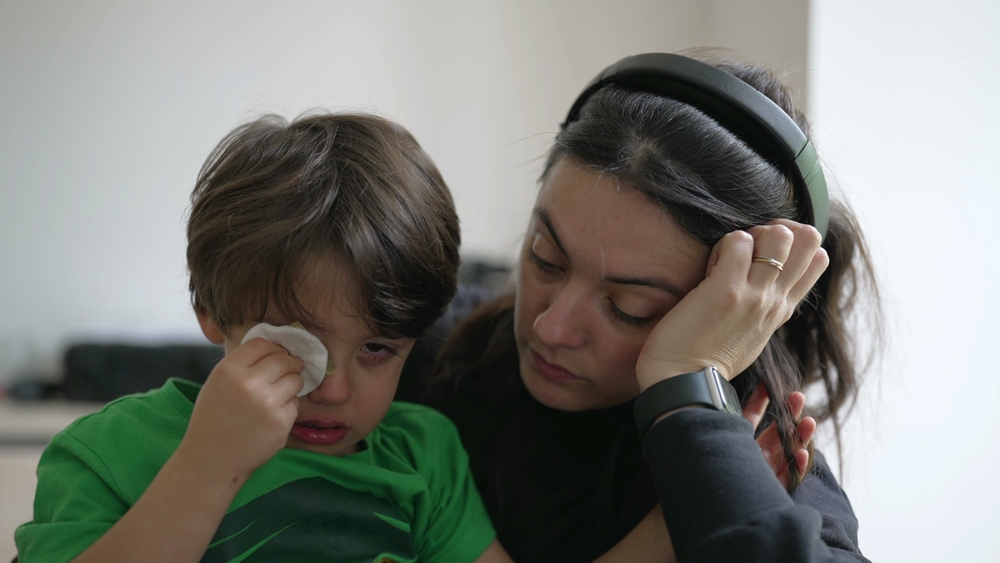
Eye injuries in children can happen in an instant, whether they are playing sports, exploring the outdoors, or simply horsing around at home. As a parent, it is important to understand what constitutes an eye emergency, how to respond, and how to help prevent them in the first place.
Common Types of Eye Emergencies in Children
Children are naturally curious and active, which increases the risk of accidents that can affect their eyes. Some of the most common pediatric eye emergencies include:
Foreign objects in the eye: Dirt, sand, or small toys can easily get into the eye and cause irritation or damage.
Scratched cornea (corneal abrasion): Often caused by rubbing the eye when something is inside or from a fingernail or toy.
Chemical exposure: Cleaning products, or cosmetics can cause serious eye injuries.
Blunt trauma: Getting hit in the eye with a ball or other object can result in swelling, bruising, or more serious internal damage.
Penetrating injuries: Sharp objects like pencils, scissors, or even sticks can cause deep, potentially vision-threatening injuries.
Eye infections: Bacterial or viral infections, often spread by touching the eyes with unwashed hands, can lead to redness, discharge, and discomfort. If untreated, they can sometimes cause more serious complications.
Signs Your Child May Be Experiencing an Eye Emergency
Sometimes kids won’t be able to express exactly what’s wrong, so it’s important to know what to look for. Seek immediate care if your child:
Complains of eye pain or says something is in their eye
Has redness, swelling, or discharge
Shows sensitivity to light
Has trouble seeing or complains of blurred vision
Has a visible injury, such as bleeding or a cut around the eye
Is excessively tearing or rubbing their eye
What to Do in an Eye Emergency
Your response time and actions matter. Here are a few general guidelines:
Do not let your child rub their eye, no matter the injury.
If something is in the eye, flush it gently with clean water or saline. Never try to remove embedded objects.
For chemical exposure, rinse the eye immediately with lukewarm water for at least 15 minutes.
If there’s a blow to the eye, apply a cold compress to reduce swelling but avoid pressure.
Seek professional medical attention right away, even if the injury seems minor.
How to Help Prevent Eye Emergencies in Children
Preventive measures can go a long way in protecting your child’s vision and overall eye health. Encourage the use of protective eyewear during sports and recreational activities to reduce the risk of injury. Be sure to store cleaning supplies, cosmetics, and chemicals out of reach, and keep sharp objects like scissors, pencils, and forks safely tucked away.
Teaching children safe play habits can also help prevent accidents. Supervision is key, particularly for younger children who may not recognize potential hazards. In addition to these safety steps, scheduling regular pediatric eye exams is essential for detecting vision problems early and ensuring your child’s eyes are developing properly.
Need Immediate Help for a Child’s Eye Emergency?
Eye emergencies can be scary, but with quick action and the right knowledge, you can help minimize the risk and ensure your child receives the care they need. Protecting your child’s vision starts with awareness and prevention.
If your child experiences an eye injury or you suspect an eye emergency, contact Optique Vision right away for prompt, professional care to protect their sight. Visit our office in Albany, New York, or call (518) 302-2106 for further guidance.









